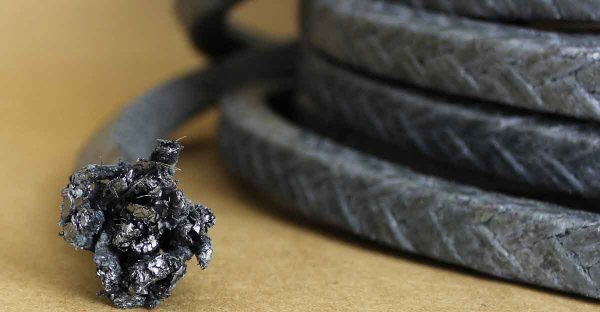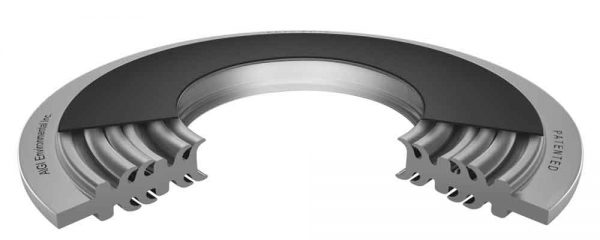Effective Sealing Solutions for Managing Fugitive Emissions
Fugitive emissions are often caused by leaking valves, static flanges and heat exchangers in a wide variety of process and manufacturing industries across Australia.
Emissions reduction is therefore an area of concern across a range of sectors, including oil and gas, mining, petrochemicals, sewage and waste disposal and more.
Australian industry operates under the auspices of the National Greenhouse and Energy Reporting Act 2007 (NGER Act). Under the terms of this act, there are mandatory requirements with regard to the reporting of all emissions — including fugitive emissions — and all production facilities must adhere to these reporting and record keeping requirements.
As a consequence, plant operators across all industries need to take a holistic, systematic and data-based approach to detecting, managing and repairing fugitive emissions.
What action can be taken on fugitive emissions?
Operators need rigorously to monitor infrastructure, such as valves and flanges, through the implementation of a comprehensive leak detection and repair program (LDAR).
Regular integrity assessments are important to ensure that methane and carbon dioxide do not leak, and that any emissions are either measured or estimated in accordance with requirements set out in the NGER.
What are the benefits of limiting fugitive emissions?
As well as adhering to the terms of the NGER Act, there are inherent advantages to operators in working to limit fugitive emissions. This is because leaking valves and pumps can lead impact on operations in a range of ways, such as:
- Product wastage
- Inefficient operations and production
- Contravention of WHS practices
- Creation of environmental hazards
- Unplanned and unscheduled shut downs to carry out emergency repairs and maintenance
Leaking Flange and heat exchangers can be the result of:
- Thermal cycling
- Vibration
- Installation and poor bolting techniques
- Wrong materials
- Damaged sealing surfaces

Fugitive emissions from leaking valves
In all types of facilities, valves are one of the most common sources of fugitive emissions. It is frequently the case that they originate around the valve stem or valve body, at end connections, or past the valve seat.
Leaking valves can be the result of:
- Excessive stem friction — Emissions can result from excessive force being used to open and close the valve, leading to valve and packing damage and potential making operation difficult and unreliable.
- Packing inventory and installation — Sealing problems can eventuate if two different types of packing are used in the one valve application.
- Stem and stuffing box corrosion — The stem and/or the bore can become degraded as a result of pitting.
- Emissions Control — Fugitive emissions can often emanate from block or shut off valves.
Valve flange and heat exchanger sealing solutions
At FITT Resources, we provide a range of sealing solutions designed to control fugitive emissions caused by valve leaks, including:
Contact FITT Resources for valve sealing solutions
To learn more about Chesterton 1622 Low E valve packing and AIGI International fishbone gaskets, and how they help to cut down fugitive emissions, contact our Head of Sealing Division Mathew Howell on 0428 731 732 or [email protected].


